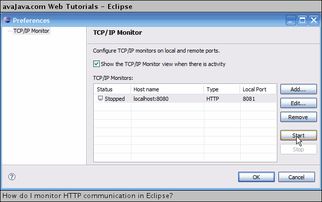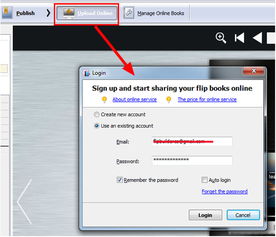
How Do I File a Restraining Order?
When you find yourself in a situation where you feel threatened or unsafe, seeking a restraining order can be a crucial step towards protecting yourself. Filing a restraining order is a legal process that varies from one jurisdiction to another, but the general steps are quite similar. Below, I’ll guide you through the process of filing a restraining order, ensuring you have all the necessary information to take this important step.
Understanding the Purpose of a Restraining Order

A restraining order, also known as a protection order or a protective order, is a court order that requires an individual to stay away from another person. It can also include other provisions, such as ordering the individual to refrain from contacting the protected person, staying away from certain places, or not possessing firearms. The purpose of a restraining order is to provide immediate protection to the victim of domestic violence, stalking, or harassment.
Identifying the Right Type of Restraining Order

There are different types of restraining orders, and it’s important to understand which one is appropriate for your situation:
| Type of Restraining Order | Description |
|---|---|
| Domestic Violence Restraining Order | Issued when there is a relationship between the parties, such as marriage, dating, or family members. |
| Stalking Restraining Order | Issued when the individual is being followed, harassed, or threatened by another person. |
| Harassment Restraining Order | Issued when there is a pattern of harassment, including threats, intimidation, or unwanted contact. |
It’s essential to consult with a legal professional to determine the most suitable type of restraining order for your situation.
Locating the Correct Court

The court where you file a restraining order depends on where the abuse occurred or where the defendant resides. You can find the appropriate court by contacting your local police department, victim services agency, or court clerk’s office.
Gathering Evidence
When filing a restraining order, it’s helpful to have evidence of the abuse or harassment. This can include:
- Photos of injuries
- Text messages or emails
- Witness statements
- Police reports
Collecting this evidence can strengthen your case and provide the court with a clearer picture of the situation.
Completing the Petition
The petition is the legal document that outlines your request for a restraining order. It typically includes information such as:
- Personal information of both parties
- Details of the abuse or harassment
- Request for specific relief, such as a no-contact order
Be sure to fill out the petition accurately and honestly, as any discrepancies could delay the process or weaken your case.
Serving the Restraining Order
Once the petition is filed, the court will issue a temporary restraining order. This order is effective immediately and requires the defendant to stay away from you. The court will then schedule a hearing to determine whether the temporary order should be made permanent.
The restraining order must be served on the defendant, which means it must be delivered to them in person. You can ask the court to serve the order, or you can hire a process server. In some cases, the court may allow you to serve the order yourself if you feel safe doing so.
Attending the Hearing
The hearing is an opportunity for both parties to present their side of the story. It’s important to attend the hearing, as the court will make a decision based on the evidence and testimony presented. If you’re unable to attend, you may need to provide a written statement or have someone represent you.
Understanding the Order’s Terms
Once the restraining order is granted, it’s crucial to understand its terms and conditions. Violating the order can lead to serious legal consequences, including arrest and imprisonment. Make sure you know what is and isn’t allowed under the order, and seek legal advice if you have any questions.
Seeking Support
Filing a restraining order can be an emotional and challenging




